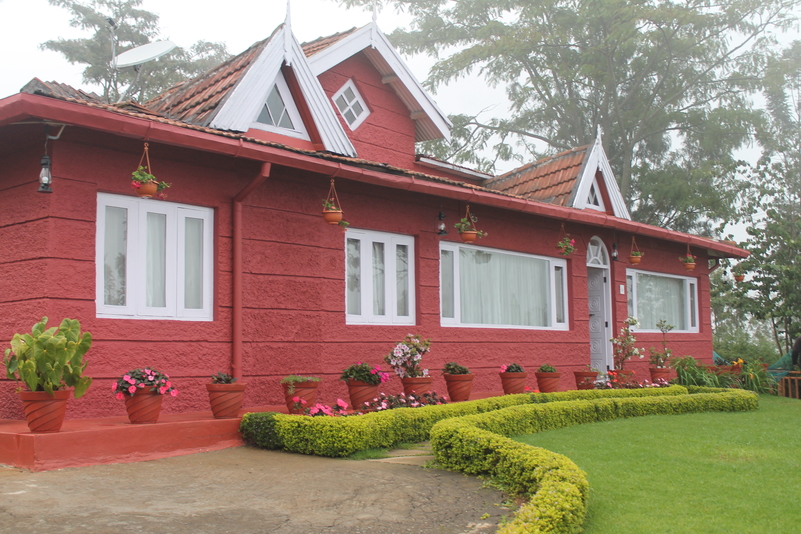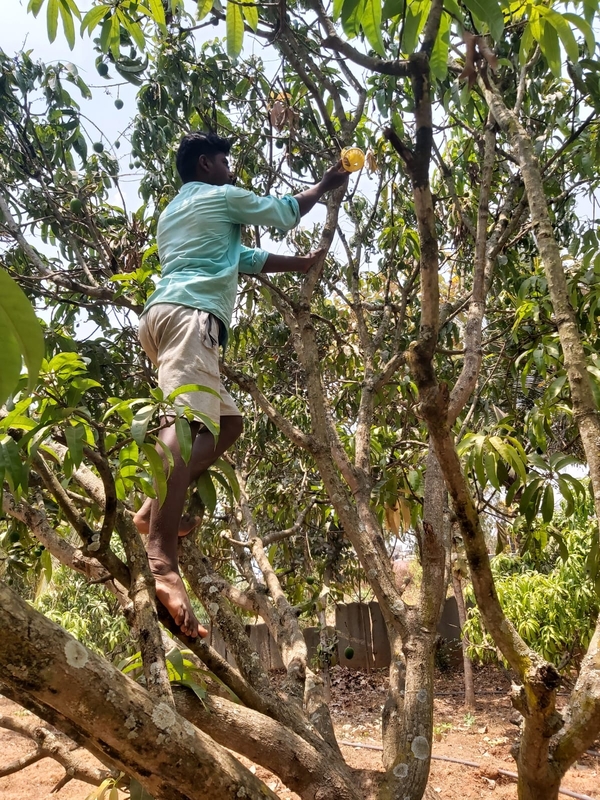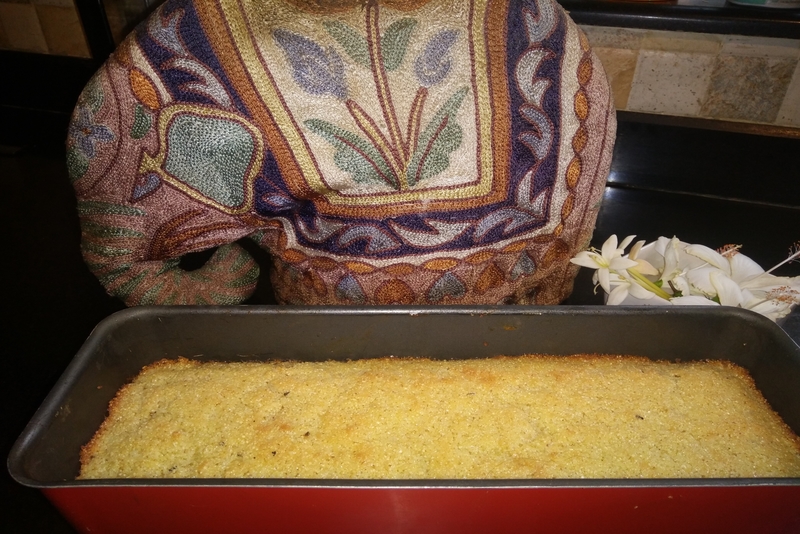Teanest Annexe in Coonoor, Nilgiris, India

It was sad to leave Glyngarth in Ooty, but I had promised Teanest we would be there on the 6th morning. So early next morning, we headed to Teanest Annexe in Coonoor. You have to go past Ketti and Wellington to get to Coonoor, we were told at the Glyngarth reception, as we checked out. The roads were fairly decent, inspite of the incessant rain and a couple of tree falls and land slides. Infact a lot of retaining walls were being built by the government, to hold back the slices in the mountain face, made to cut out the roads. Streams tumbled down in a white froth, all along the hill sides and the sound of running water and fresh ferny air, followed us along our journey and filled up the car, up to Coonoor.
Teanest Coonoor is part of the massive Singara Tea Estate which we heard, stretches over 1800 acres. It belongs to a Gujarati family based in Kenya, we were told by Nelson the Teanest Manager. That interested me as I was born in Baroda in Gujarat and anything Guju reminds me of my Mum and grandparents. The Singara family lives in Kenya, and only an old matriarch lives here, in the bungalow in the estate, explained the manager. The Estate has its own tea factory, where tea is dried and then sold under their Singara brand in the market.
The garden around Teanest Annexe, in Coonoor was manicured beautifully and was a burst of azaleas, portulacas, fuschias and wonderful trailing geraniums. As we stood outside in the weak sunshine, admiring the picket fences around, giving the place an old world British air, Nelson told us that wild Bison climb right up to the fence, once in a while, from the tea garden side.
Birds filled the air with their song and for an hour we watched a white throated speckled Flycatcher pirouette across the lawns, snapping up insects and fanning out its spectacular tail, with every manoeuver. A squirrel, teeter tottered on the electric cable, running from a large eucalyptus tree, to the eaves of the building. It felt wonderful to be in the arms of nature, without the sound of any intruding loud-speakers or cars. Or even raised human voices, which are so intrusive constantly in a busy city.
Please order the lunch one hour in advance, we were told, as we have to go to the market and procure the ingredients. We don’t use any frozen stuff, we were gravely told by our solemn waiter. So we pored over the menu card and ordered masala mushroom, Palak paneer and a garlic chicken mughlai style. No rice thank you, but we would all like cold lime sodas right away, mine without sugar, and no ice. To go with the dishes, we ordered a pile of Ceylon Parothas, our favourite and a plate of lamb kebab, to snack on with our sodas.
The rooms were quaint and cosy with old world plug points and antique furniture which were kept gleaming with a patina of varnish. The roof was low and definitely was false. Yes the roof is actually very high and made of tin explained Nelson in typical British bungalow style. We put in this faux ceiling, to keep the warmth and for those who dislike high roofs.
The verandah infront had been turned into a little dining area where there were just two tables to seat two families. The other side of the verandah held a stand filled with interesting books and ofcourse the standard Teanest special board game -- Carrom.
All over the walls were wonderful pencil and charcoal sketches of old iconic spots in Coonoor like the old Railway station which still stands today. The Charing Cross Fountain in Ooty, was another sketch, without the crush and rush of today and ofcourse St. Stephen’s Church in Ooty which stands in magnificent splendour at the cross roads.
Could we have a plate of Onion pakoras I asked with masala chai. Sure madam said the solemn little man Friday, who placed the order with the cook. In minutes we had a plate of hot, steaming pakoras with cups of chai which we enjoyed in the cold air of Coonoor. Infact a couple of walkers who were also visiting from Bangalore, came in to view the place and happily joined in to demolish the pakoras.
Since Ooty and Coonoor, besides Kotagiri, are fairly close to Bangalore and Mysore, the bulk of the visitors seem to come from those cities, besides ofcourse Coimbatore and Chennai. All these resorts are always booked up for the season and the fact that they are renovating old buildings instead of pulling them down, which is the norm in India, has become another way of sustainably looking after our resources.
Teanest Coonoor is part of the massive Singara Tea Estate which we heard, stretches over 1800 acres. It belongs to a Gujarati family based in Kenya, we were told by Nelson the Teanest Manager. That interested me as I was born in Baroda in Gujarat and anything Guju reminds me of my Mum and grandparents. The Singara family lives in Kenya, and only an old matriarch lives here, in the bungalow in the estate, explained the manager. The Estate has its own tea factory, where tea is dried and then sold under their Singara brand in the market.
The garden around Teanest Annexe, in Coonoor was manicured beautifully and was a burst of azaleas, portulacas, fuschias and wonderful trailing geraniums. As we stood outside in the weak sunshine, admiring the picket fences around, giving the place an old world British air, Nelson told us that wild Bison climb right up to the fence, once in a while, from the tea garden side.
Birds filled the air with their song and for an hour we watched a white throated speckled Flycatcher pirouette across the lawns, snapping up insects and fanning out its spectacular tail, with every manoeuver. A squirrel, teeter tottered on the electric cable, running from a large eucalyptus tree, to the eaves of the building. It felt wonderful to be in the arms of nature, without the sound of any intruding loud-speakers or cars. Or even raised human voices, which are so intrusive constantly in a busy city.
Please order the lunch one hour in advance, we were told, as we have to go to the market and procure the ingredients. We don’t use any frozen stuff, we were gravely told by our solemn waiter. So we pored over the menu card and ordered masala mushroom, Palak paneer and a garlic chicken mughlai style. No rice thank you, but we would all like cold lime sodas right away, mine without sugar, and no ice. To go with the dishes, we ordered a pile of Ceylon Parothas, our favourite and a plate of lamb kebab, to snack on with our sodas.
The rooms were quaint and cosy with old world plug points and antique furniture which were kept gleaming with a patina of varnish. The roof was low and definitely was false. Yes the roof is actually very high and made of tin explained Nelson in typical British bungalow style. We put in this faux ceiling, to keep the warmth and for those who dislike high roofs.
The verandah infront had been turned into a little dining area where there were just two tables to seat two families. The other side of the verandah held a stand filled with interesting books and ofcourse the standard Teanest special board game -- Carrom.
All over the walls were wonderful pencil and charcoal sketches of old iconic spots in Coonoor like the old Railway station which still stands today. The Charing Cross Fountain in Ooty, was another sketch, without the crush and rush of today and ofcourse St. Stephen’s Church in Ooty which stands in magnificent splendour at the cross roads.
Could we have a plate of Onion pakoras I asked with masala chai. Sure madam said the solemn little man Friday, who placed the order with the cook. In minutes we had a plate of hot, steaming pakoras with cups of chai which we enjoyed in the cold air of Coonoor. Infact a couple of walkers who were also visiting from Bangalore, came in to view the place and happily joined in to demolish the pakoras.
Since Ooty and Coonoor, besides Kotagiri, are fairly close to Bangalore and Mysore, the bulk of the visitors seem to come from those cities, besides ofcourse Coimbatore and Chennai. All these resorts are always booked up for the season and the fact that they are renovating old buildings instead of pulling them down, which is the norm in India, has become another way of sustainably looking after our resources.

Editor's Picks Articles
Top Ten Articles
Previous Features
Site Map
Content copyright © 2023 by Marianne de Nazareth. All rights reserved.
This content was written by Marianne de Nazareth. If you wish to use this content in any manner, you need written permission. Contact Marianne de Nazareth for details.





 -resizeimage.jpg.jpg)

